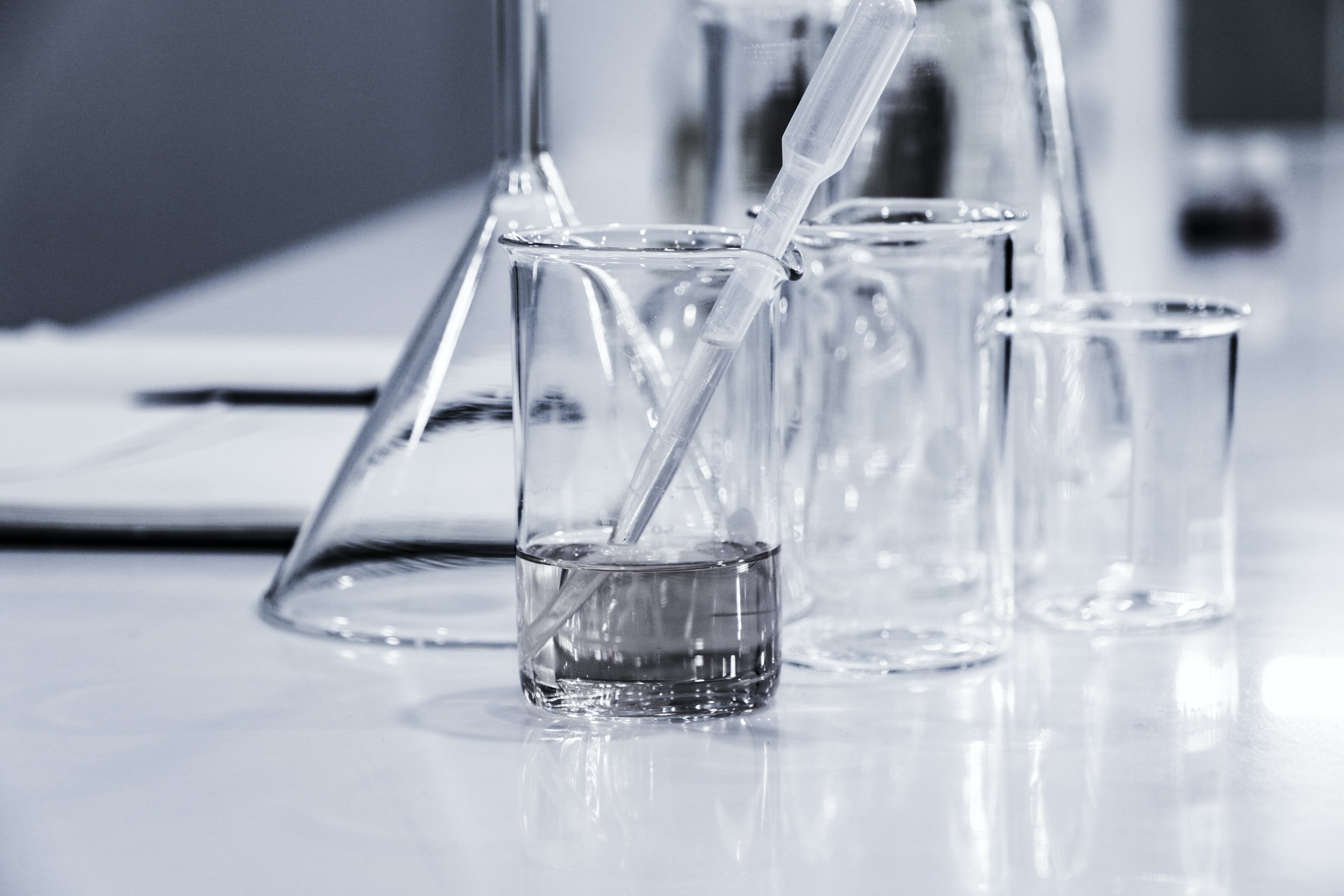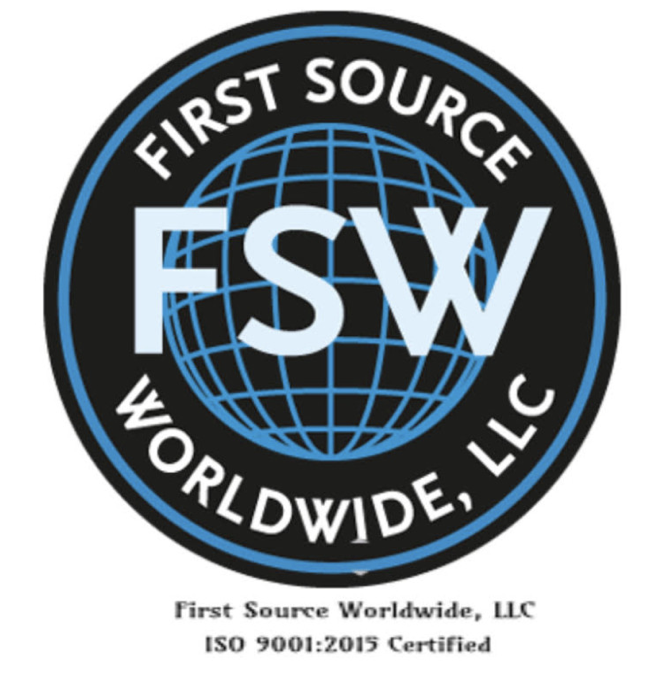Quality Control – A State of Mind
Quality Control is more than just a title, more than just a miscellaneous collection of tests. It is a never-ending quest for perfection that is fueled by an increasing need for information and, just as importantly, a state of mind. It is not enough just to run routine tests. Now, more than ever, there is an obligation to consider with more deliberation the implications those test results convey.
The science of Quality Control has evolved dramatically over the last 50 years to include a more acute awareness for the many chemical and physical properties of dyes. As a result, there have been many advancements in the ability to measure these properties to make it possible to make the best choice of available products for new applications. Additionally there have been new chemicals designed to enhance required properties and minimize those that are not desired.
Dyes have a variety of physical properties that can be measured. Some of these are moisture, bulk density, general physical appearance, particle size, pH, and many others. Some are specific to physical form- liquids can additionally be tested for viscosity, solids, particulates, and film appearance while others can be more generally applied.
Water and solvent soluble dyes can be tested and compared to their respective standards for transmission shade and strength and the spectral curve obtained across visible light wavelengths. Other properties are related more to the actual chemistry of the products, such as hazard warnings with regard to safe handling and environmental concerns as well as their potential for longer term stability.
Many dye properties are specific to application effectiveness on substrates such as textiles, leather, wood, and aluminum. Final dyed form of finished materials can be tested for reflectance measurements of shade and strength. Fastness test values can also be determined for chlorine/bleach/oxidizer compatibility, wet and dry crock, lightfastness and wash fastness.
So, there is a LOT of testing going on, how can we make sense of all this information? What does it all mean? Quality Control will always be a three-part process.
- First, it is critical that a determination is made of all relevant physical, chemical, and application properties that uniquely define the characteristics of each product.
- Second, and equally as critical, is detailing the process by which each of those properties can be accurately measured as well as the specification of approved values within the range of possible results.
- Third, all the previous work will be futile without the ability to securely store all of this test data information. Storage needs to be organized in such a way that can later be recalled and used as a guide for quality determination, as well as retained as an archive for future review. It is only the successful integration of all three parts that results in a comprehensive Quality Control process that can respond to all internal and external needs.
Here at First Source, we have always taken great pride on our test and informational documentation systems. During our early years we relied primarily on a highly organized physical filing system for storage of this information. Nowadays this has been augmented by Deacom, a sophisticated ERP system that, in addition to linking all departmental areas of our company, provides a sophisticated integrated repository for the acquisition of all test information. Within this system, every product is detailed for each required test property and its approved range of test results. All incoming and outgoing shipments must go through a rigorous quality control process that Deacom oversees and will not allow approval for products whose test results fail to fall within these range limits.
The test results themselves are supported by analytic testing equipment that goes through regularly scheduled certification for accuracy. Spectrophotometers, viscometers, moisture balances, all analytic balances, as well as standards for weights, pH, and viscosity are all verified as part of this certification process. This testing system readiness is verified daily by our laboratory staff.
Most critically, we are ISO 9001 certified, and review of our Quality Control processes, equipment calibration, and informational tracking systems is a regular part of their evaluation and certification process. It is the umbrella under which we maintain our readiness to provide the high level of technical support required by customers to address the diverse challenges they face today.
So, it is the combination of all these capabilities and efforts as well as the readiness and determination to provide an uncompromising standard of excellence that defines our program of quality control. At First Source we have established a culture of continuous improvement of our processes, the broadening scope of industries we service and our ability and commitment to service their needs in the years ahead. If you are interested in learning more about First Source Worldwide’s quality control approach, click the picture below to contact a representative!



